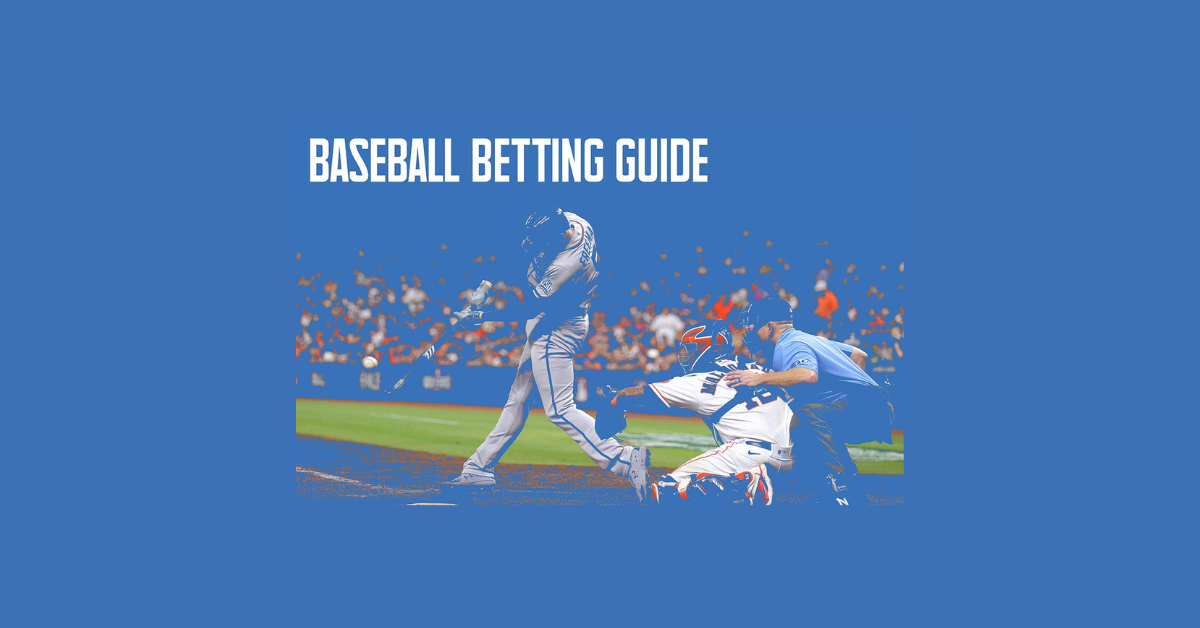Understanding Baseball Odds
When placing bets on baseball games, it is essential to understand how odds work. In baseball betting, odds indicate the likelihood of a specific outcome happening. They also help determine the potential payout a bettor can receive if their bet is successful. For example, if a team has odds of +150 to win a game, this means that for every $100 wagered, the bettor would win $150 if that team emerges victorious.
Baseball odds are typically displayed in three formats: American odds, decimal odds, and fractional odds. American odds are presented with a plus or minus sign, with positive numbers indicating the underdog and negative numbers representing the favorite. Decimal odds show the total payout a bettor would receive on a one-unit wager, including their initial stake. Meanwhile, fractional odds display the potential profit relative to the stake, with the numerator representing the profit and the denominator indicating the stake. Understanding how to read and interpret these different odds formats is crucial for making informed betting decisions in baseball.
Key Terminology in Baseball Betting
Baseball betting involves a range of unique terminologies that are important to understand before placing your bets. One essential term is “Moneyline,” which represents the odds for a team to win a game straight up without considering the point spread. A positive number indicates the underdog, while a negative number signifies the favorite. For instance, if a team has a Moneyline of +150, a $100 bet would yield a $150 profit if that team wins.
Another crucial term is “Runline,” which is analogous to the point spread in other sports. The Runline sets a specific number of runs that the favorite team must win by or the underdog must not lose by for bettors to win. For example, a Runline of -1.5 means the favorite must win by at least two runs, while a Runline of +1.5 allows the underdog to lose by one run or win outright for the bet to be successful. Understanding these key baseball betting terms can greatly enhance your ability to make informed wagers and potentially increase your chances of success.
Types of Baseball Bets
When it comes to betting on baseball, there are various types of bets you can place. One of the most common bets is the moneyline bet, where you simply pick which team you think will win the game. Another popular bet is the run line bet, which involves betting on a team to win by a certain number of runs or to keep the game within a particular margin.
In addition to moneyline and run line bets, baseball bettors can also place bets on the total runs scored in a game, known as the over/under bet. Prop bets are another exciting option for baseball fans, allowing them to wager on specific events or performances during a game. These bets can range from predicting which player will hit a home run first to guessing how many strikeouts a particular pitcher will record.
Factors to Consider Before Placing a Bet
When considering placing a bet on a baseball game, one crucial factor to take into account is the starting pitchers. The starting pitchers can have a significant impact on the outcome of the game, as they play a vital role in determining the success of the team. Look at the statistics of the starting pitchers, such as their earned run average (ERA), strikeout rate, and walk rate, to assess their performance and make an informed decision.
Another important factor to consider before placing a bet is the weather conditions. Weather can have a substantial impact on the gameplay, especially in outdoor stadiums. Factors such as wind speed, temperature, and humidity can affect how the ball travels and how well players perform. Be sure to check the weather forecast before placing your bet to account for any potential advantages or disadvantages that may arise due to the weather.
Popular Baseball Betting Strategies
One popular baseball betting strategy is called the “Run Line” strategy. This strategy involves betting on the point spread rather than the outright winner of the game. By using the run line, bettors can either give or get extra runs in their favor, making the odds more favorable but also more risky.
Another common betting strategy in baseball is focusing on starting pitchers. Since the starting pitcher has a significant impact on the outcome of the game, many bettors choose to place their bets based on the performance and statistics of the starting pitchers. By analyzing the pitcher’s track record, ERA, and recent performance, bettors can make more informed decisions when placing their bets.















